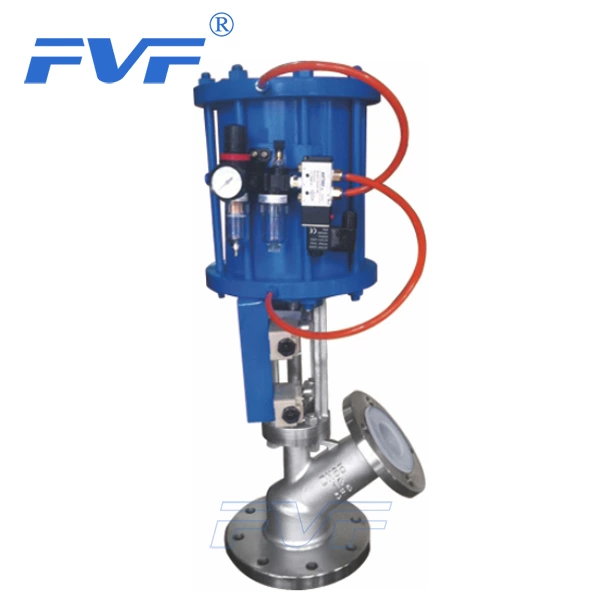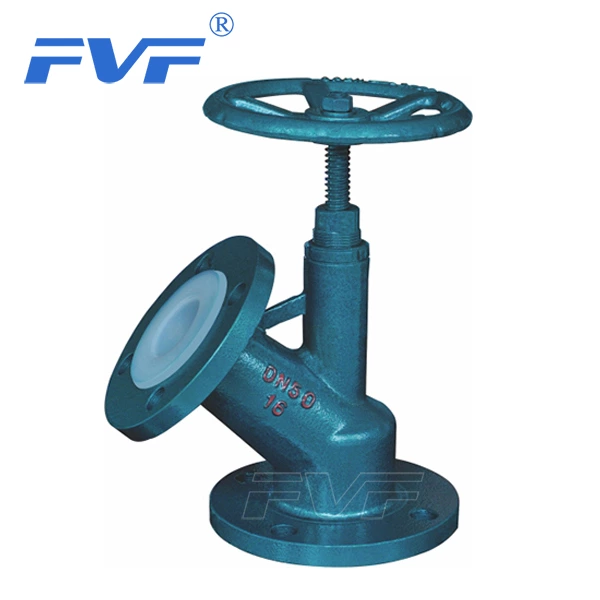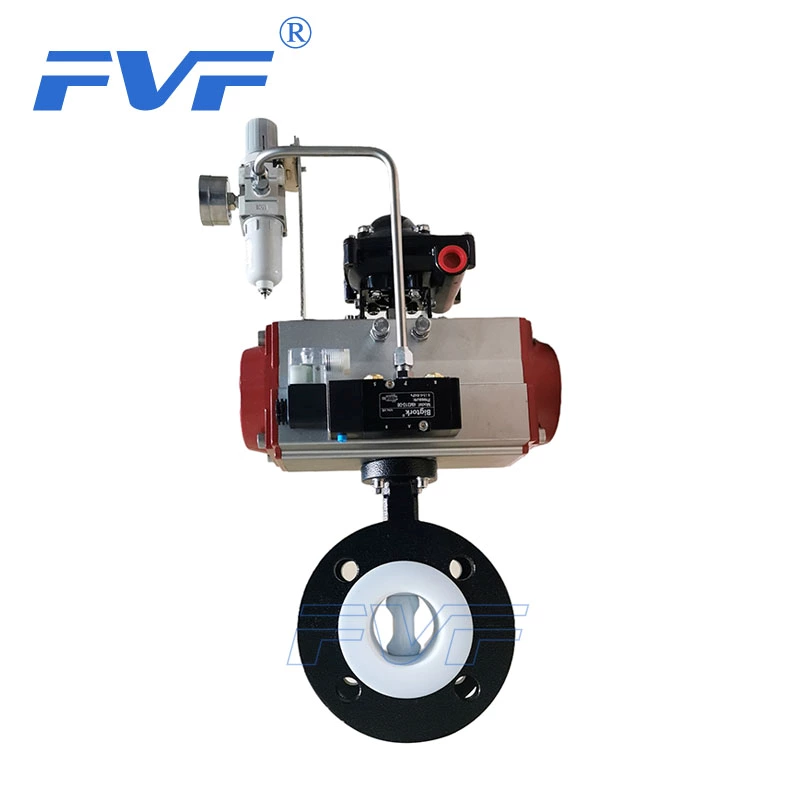How To Choose A Valve
Lined Valve is a control component in the fluid conveying system, which has the functions of diversion, interception, regulation, throttling, backflow prevention, diversion or overflow pressure relief. Valves are important control elements of pipelines. It is very important to choose the most suitable valve for the pipeline system, which is related to the safety, flow loss, cost, etc. of the pipeline. You must be familiar with the characteristics of the valve and the steps and basis for selecting the valve.
At present, my country's valve industry can produce a full range of gate valves, stop valves, check valves, ball valves, butterfly valves, throttle valves, plug valves, diaphragm valves, safety valves, regulating valves, steam traps and special valves; the maximum working pressure is 600MPa, the maximum nominal diameter is 5350mm, the maximum working temperature is 1200℃, the minimum working temperature is -196℃, and the applicable media are water, steam, oil, natural gas, highly corrosive media (such as concentrated nitric acid, medium concentration sulfuric acid, etc.), flammable media (such as benzene, ethylene, etc.), toxic media (such as hydrogen sulfide), explosive media and radioactive media (metallic sodium, one-loop pure water, etc.). The materials of valve pressure-bearing parts include cast copper, cast iron, ductile iron, high silicon cast iron, cast steel, forged steel, high and low alloy steel, stainless acid-resistant steel, Hastelloy, Inconel, Monel, duplex stainless steel, titanium alloy, etc. And it can produce various electric, pneumatic and hydraulic valve drive devices. Faced with so many valve varieties and such complex working conditions, to choose the most suitable valve products for installation in the pipeline system, I think, first of all, we should understand the characteristics of the valve; secondly, we should master the steps and basis for selecting valves; and finally, we should follow the principles of selecting valves.
1. The characteristics of valves include use characteristics and structural characteristics
Use characteristics
The main use performance and use range of valves are determined. The use characteristics of valves are: valve categories (closed-circuit valves, regulating valves, safety valves, etc.); product types (gate valves, stop valves, butterfly valves, ball valves, etc.); materials of the main parts of valves (valve body, valve cover, valve stem, valve disc, sealing surface); valve transmission mode, etc.
Structural characteristics
It determines some structural characteristics of the valve installation, repair, maintenance and other methods. The structural characteristics include: the structural length and overall height of the valve, the connection form with the pipeline (flange connection, threaded connection, clamp connection, external thread connection, welding end connection, etc.); the form of the sealing surface (ring, threaded ring, surfacing, spray welding, valve body); valve stem structure (rotating rod, lifting rod), etc.
2. Steps to select valves
1. Clarify the purpose of the valve in the equipment or device, and determine the working conditions of the valve: applicable medium, working pressure, working temperature, etc.
2. Determine the nominal diameter and connection method of the pipe connected to the valve: flange, thread, welding, etc.
3. Determine the way to operate the valve: manual, electric, electromagnetic, pneumatic or hydraulic, electro-hydraulic linkage, etc.
4. Determine the material of the shell and internal parts of the selected valve according to the medium, working pressure and working temperature of the pipeline: cast steel, carbon steel, stainless steel, alloy steel, stainless acid-resistant steel, gray cast iron, malleable cast iron, ductile iron, copper alloy, etc.
5. Select the type of valve: closed-circuit valve, regulating valve, safety valve, etc.
6. Determine the type of valve: gate valve, stop valve, ball valve, butterfly valve, throttle valve, safety valve, pressure reducing valve, steam trap, etc.
7. Determine the parameters of the valve: for automatic valves, first determine the allowable flow resistance, discharge capacity, back pressure, etc. according to different needs, and then determine the nominal diameter of the pipeline and the diameter of the valve seat hole
8. Determine the geometric parameters of the selected valve: structural length, flange connection form and size, size of the valve height direction after opening and closing, size and number of connected bolt holes, overall valve size, etc.
9. Use existing information: valve product catalog, valve product samples, etc. to select appropriate valve products
III. Basis for selecting valves
1. The purpose, operating conditions and operation control methods of the selected valves
2. The nature of the working medium: working pressure, working temperature, corrosion performance, Whether it contains solid particles, whether the medium is toxic, whether it is a flammable or explosive medium, the viscosity of the medium, etc.
3. Requirements for valve fluid characteristics: flow resistance, discharge capacity, flow characteristics, sealing level, etc.
4. Requirements for installation dimensions and external dimensions: nominal diameter, connection method and connection dimensions with pipelines, external dimensions or weight limits, etc.
5. Additional requirements for the reliability, service life and explosion-proof performance of valve products
(When selecting parameters, please note: if the valve is to be used for control purposes, the following additional parameters must be determined: operation method, maximum and minimum flow requirements, pressure drop for normal flow, pressure drop when closed, and maximum and minimum inlet pressure of the valve.)
According to the above basis and steps for selecting valves, when selecting valves reasonably and correctly, it is also necessary to have a detailed understanding of the internal structure of various types of valves so that the correct choice of the preferred valve can be made.
The ultimate control of the pipeline is the valve. The valve opening and closing parts control the flow direction of the medium in the pipeline. The shape of the valve flow channel gives the valve a certain flow characteristic. This must be taken into account when selecting the valve that is most suitable for installation in the pipeline system.






